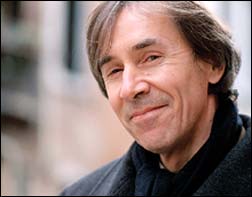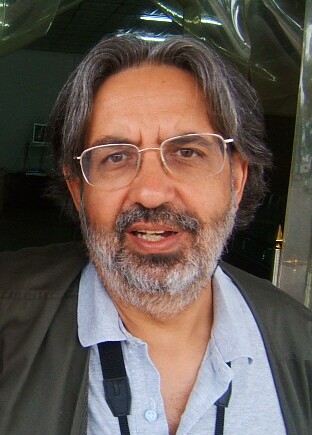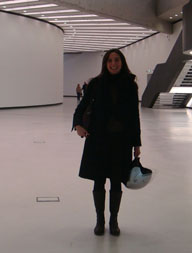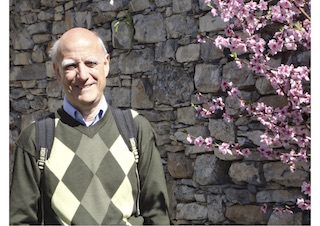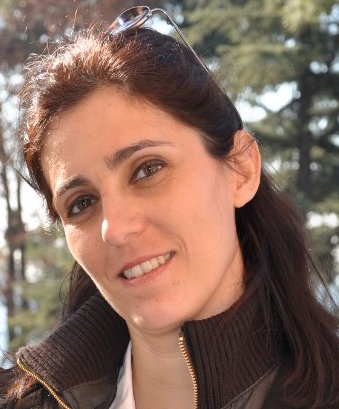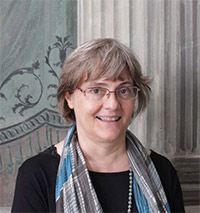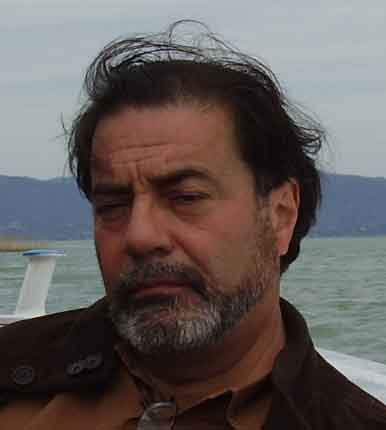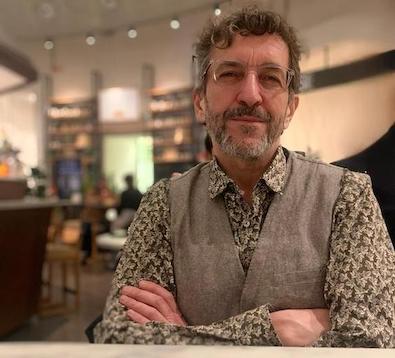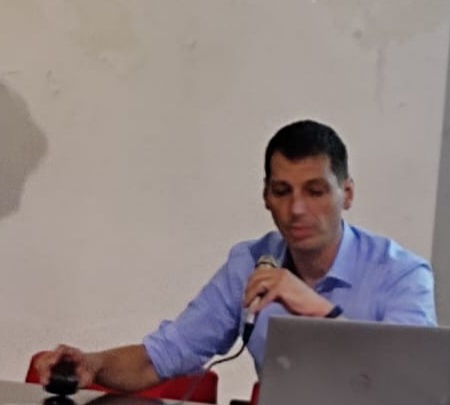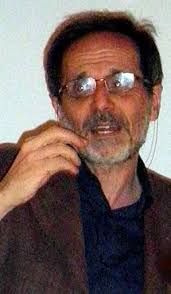Studying at the University of Verona
Here you can find information on the organisational aspects of the Programme, lecture timetables, learning activities and useful contact details for your time at the University, from enrolment to graduation.
Academic calendar
The academic calendar shows the deadlines and scheduled events that are relevant to students, teaching and technical-administrative staff of the University. Public holidays and University closures are also indicated. The academic year normally begins on 1 October each year and ends on 30 September of the following year.
Course calendar
The Academic Calendar sets out the degree programme lecture and exam timetables, as well as the relevant university closure dates..
| Period | From | To |
|---|---|---|
| Primo semestre | Sep 29, 2008 | Jan 17, 2009 |
| Secondo semestre | Feb 23, 2009 | May 30, 2009 |
| Session | From | To |
|---|---|---|
| Sessione d'esame invernale | Jan 19, 2009 | Feb 21, 2009 |
| Sessione d'esame estiva | Jun 3, 2009 | Jul 31, 2009 |
| Sessione d'esame autunnale | Sep 1, 2009 | Sep 26, 2009 |
| Session | From | To |
|---|---|---|
| Sessione di laurea invernale | Mar 10, 2009 | Mar 11, 2009 |
| Sessione di laurea estiva - I appello | Jun 16, 2009 | Jun 17, 2009 |
| Sessione di laurea estiva - II appello | Jul 14, 2009 | Jul 15, 2009 |
| Sessione di laurea autunnale- I appello | Oct 20, 2009 | Oct 21, 2009 |
| Sessione di laurea autunnale- II appello | Dec 1, 2009 | Dec 2, 2009 |
| Period | From | To |
|---|---|---|
| Festa di Ognissanti | Nov 1, 2008 | Nov 1, 2008 |
| Festa dell'Immacolata Concezione | Dec 8, 2008 | Dec 8, 2008 |
| Vacanze di Natale | Dec 22, 2008 | Jan 6, 2009 |
| Vacanze di Pasqua | Apr 10, 2009 | Apr 14, 2009 |
| Festa della Liberazione | Apr 25, 2009 | Apr 25, 2009 |
| Festa del Lavoro | May 1, 2009 | May 1, 2009 |
| Festa del Santo Patrono | May 21, 2009 | May 21, 2009 |
| Festa della Repubblica | Jun 2, 2009 | Jun 2, 2009 |
| Vacanze estive | Aug 8, 2009 | Aug 16, 2009 |
| Description | Period | From | To |
|---|---|---|---|
| Primo semestre | Primo semestre | Sep 29, 2008 | Jan 17, 2009 |
| Secondo semestre | Secondo semestre | Feb 23, 2009 | May 30, 2009 |
Exam calendar
Exam dates and rounds are managed by the relevant Culture and Civilisation Teaching and Student Services Unit.
To view all the exam sessions available, please use the Exam dashboard on ESSE3.
If you forgot your login details or have problems logging in, please contact the relevant IT HelpDesk, or check the login details recovery web page.
Should you have any doubts or questions, please check the Enrollment FAQs
Academic staff
 bernard.aikema@univr.it (per tutti), aikemaforstudents@gmail.com (per studenti)
bernard.aikema@univr.it (per tutti), aikemaforstudents@gmail.com (per studenti)
 +39 045802 8197
+39 045802 8197
Alberini Andrea
Aldegheri Andrea
 andrea.aldegheri@univr.it
andrea.aldegheri@univr.it
Amato Gianfranco
 gianfranco.amato@univr.it
gianfranco.amato@univr.it

Avezzu' Guido
 guido.avezzu@univr.it
guido.avezzu@univr.it

Bassetti Massimiliano
 massimiliano.bassetti@univr.it
massimiliano.bassetti@univr.it
 045802 8376
045802 8376
 cristinabeltrami@gmail.com
cristinabeltrami@gmail.com
Brunetti Federico
 federico.brunetti@polimi.it
federico.brunetti@polimi.it
Brusegan Rosanna
 rosanna.brusegan@univr.it
rosanna.brusegan@univr.it
 +39 045802 8115
+39 045802 8115
 federica.candelato[at]univr.it
federica.candelato[at]univr.it
 alberto.cavarzere@univr.it
alberto.cavarzere@univr.it
 aconforti.vr@gmail.com
aconforti.vr@gmail.com
Daneloni Alessandro
 alessandro.daneloni@univr.it
alessandro.daneloni@univr.it
 045 8028113
045 8028113
Fassina Vasco
 giorgio.franck@univr.it
giorgio.franck@univr.it
 luca.leone@univr.it
luca.leone@univr.it
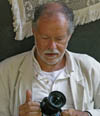
Mastrocinque Attilio
 attilio.mastrocinque@univr.it
attilio.mastrocinque@univr.it
 +39 045802 8386
+39 045802 8386
 marta.minazzato@univr.it
marta.minazzato@univr.it
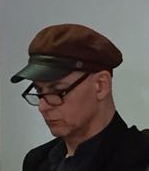
Pasini Roberto
 pasini.roberto@univr.it
pasini.roberto@univr.it
 +39 045802 8121
+39 045802 8121
Trevisan Debora
 gianmaria.varanini@univr.it
gianmaria.varanini@univr.it
 daniela.zumiani@univr.it
daniela.zumiani@univr.it
Study Plan
The Study Plan includes all modules, teaching and learning activities that each student will need to undertake during their time at the University.
Please select your Study Plan based on your enrollment year.
1° Year
| Modules | Credits | TAF | SSD |
|---|
2° Year activated in the A.Y. 2009/2010
| Modules | Credits | TAF | SSD |
|---|
A3 Un insegnamento a scelta tra i seguenti:A2 Due insegnamenti a scelta tra i seguenti:A1 Un insegnamento a scelta tra i seguenti:A4 Un insegnamento a sceltra tra i seguenti:A5 Un insegnamento a scelta tra i seguenti:3° Year activated in the A.Y. 2010/2011
| Modules | Credits | TAF | SSD |
|---|
A6 Due insegnamenti a scelta tra i seguenti:A7 Un ins. a scelta tra i seg. in coerenza con l'ind. prescelto:| Modules | Credits | TAF | SSD |
|---|
| Modules | Credits | TAF | SSD |
|---|
A3 Un insegnamento a scelta tra i seguenti:A2 Due insegnamenti a scelta tra i seguenti:A1 Un insegnamento a scelta tra i seguenti:A4 Un insegnamento a sceltra tra i seguenti:A5 Un insegnamento a scelta tra i seguenti:| Modules | Credits | TAF | SSD |
|---|
A6 Due insegnamenti a scelta tra i seguenti:A7 Un ins. a scelta tra i seg. in coerenza con l'ind. prescelto:Legend | Type of training activity (TTA)
TAF (Type of Educational Activity) All courses and activities are classified into different types of educational activities, indicated by a letter.
Economy of art and cultural heritage (i) (2010/2011)
Teaching code
4S02132
Teacher
Coordinator
Credits
6
Language
Italian
Scientific Disciplinary Sector (SSD)
SECS-P/01 - ECONOMICS
Period
Primo semestre dal Oct 4, 2010 al Jan 22, 2011.
Learning outcomes
Arts and culture are able to promote the spiritual and intellectual dimension of human beings, yet to be produced they require resources – primarily human and material resources. Who does pay for them? And how much should they be paid? Moreover, given these costs, what is the quantity of art and culture that can be produced? Are there advantages – if any – also for our material well-being? These are typical economic questions. This course attempts to answer these questions, by studying from an economic point of view the characteristics of artistic and cultural goods, and the role of the associated creative industries.
Program
Programme
1. Introduction: the connection between economic and cognitive wealth
2. The economic features of the cultural and artistic
3. Theories of value: what is the just price of a piece of art?
4. How much culture and art should be prduced? The game of demand and supply
5. The industry of creativity: art and culture as an economic profession
6. The evolution of employment and prices in the industry of creativity
7. The impact of the “new economy” on the (re-)production of the art and culture
8. Economic policy to sustain art and culture
Textbooks:
(in Italian):
Throsby D., 2001, Economia e cultura, Bologna, Il Mulino.
Candela G. e Scorcu A., 2004, Economia delle arti, Bologna, Zanichelli.
Spiller Nardi C., 2005, Incontro con l'economia dell'arte, Torino, Giappichelli.
Notes and articles given during the course.
(in English)
Frey, B.S., 2000, Arts and Economics: Analysis and cultural policy, Heilderberg-New York, Springer-Verlag.
Heilbrun J., Gray C., 2001, The economics of Art and Culture, Cambridge, Cambridge University Press.
Examination Methods
Written and oral exam
Type D and Type F activities
Modules not yet included
Career prospects
Module/Programme news
News for students
There you will find information, resources and services useful during your time at the University (Student’s exam record, your study plan on ESSE3, Distance Learning courses, university email account, office forms, administrative procedures, etc.). You can log into MyUnivr with your GIA login details: only in this way will you be able to receive notification of all the notices from your teachers and your secretariat via email and soon also via the Univr app.
Graduation
List of theses and work experience proposals
| theses proposals | Research area |
|---|---|
| Ambiti di tesi | Art & Architecture - Art & Architecture |
| Stage | Research area |
|---|---|
| Lavorare in archivio | Various topics |
